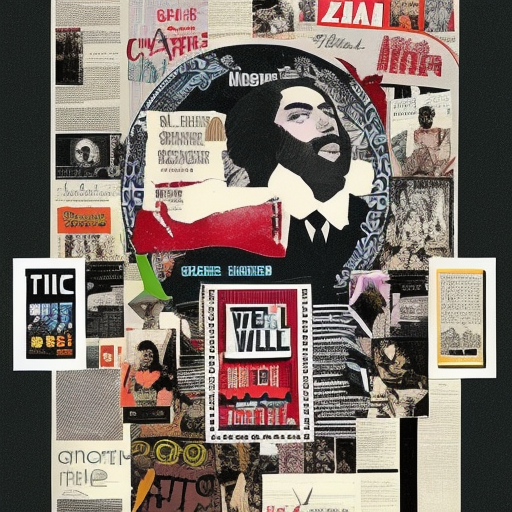Zines: A Brief Overview of a DIY Publishing Phenomenon
Zines, short for “magazines,” are self-published, small-circulation publications that emerged in the 20th century as a means for individuals to express their ideas, opinions, and creativity outside of mainstream media channels. Often produced using a photocopier or desktop publishing software, zines have become a significant part of alternative and underground culture, providing a platform for marginalized voices and fostering community engagement. This summary explores the history, characteristics, and impact of zines as a unique form of DIY publishing.
Origins and Evolution
Zines have their roots in the science fiction fanzines of the early 20th century, which were created by enthusiasts to share their love for the genre. However, it was during the punk movement of the 1970s and 1980s that zines truly flourished. Punk zines, such as “Sniffin’ Glue” and “Maximum Rocknroll,” became vital channels for disseminating information about bands, concerts, and political activism. Since then, zines have expanded beyond music and subcultures to cover a wide range of topics, including art, politics, feminism, and personal narratives.
Characteristics of Zines
Zines are characterized by their DIY ethos, low production costs, and limited distribution. They are typically created by individuals or small collectives who have complete creative control over the content, design, and distribution of their publications. Zines often feature hand-drawn illustrations, collages, and handwritten or typewritten text, giving them a distinct aesthetic appeal. The content of zines can vary greatly, from personal stories and poetry to political manifestos and cultural critiques.
Impact and Influence
Zines have had a significant impact on various aspects of art and culture. They have provided a platform for marginalized voices, allowing individuals who are often excluded from mainstream media to share their experiences and perspectives. Zines have played a crucial role in the feminist movement, with publications like “Bust” and “Bitch” challenging traditional gender norms and promoting women’s empowerment.
Moreover, zines have served as a breeding ground for emerging artists, writers, and activists. Many well-known authors and artists, such as David Carson, Miranda July, and Chris Ware, began their careers by self-publishing zines. Zines have also influenced mainstream media, with elements of zine culture appearing in magazines, graphic novels, and online publications.
Community and Networks
Zines have fostered vibrant communities and networks of creators and readers. Zine fairs, festivals, and libraries have become important spaces for zine enthusiasts to connect, share their work, and exchange ideas. Online platforms and social media have further facilitated the dissemination and accessibility of zines, allowing creators to reach a wider audience.
Continued Relevance
Despite the rise of digital media, zines continue to thrive as a tangible and intimate form of expression. The physicality of zines, with their unique textures, smells, and tactile qualities, offers a sensory experience that digital media cannot replicate. Zines also provide an antidote to the overwhelming amount of information available online, offering a curated and personal reading experience.
In conclusion, zines are a powerful form of self-expression and community-building. Their DIY nature, diverse content, and grassroots distribution make them a unique and influential medium. As a platform for marginalized voices and a breeding ground for emerging talent, zines continue to shape art, culture, and activism in the 21st century.












